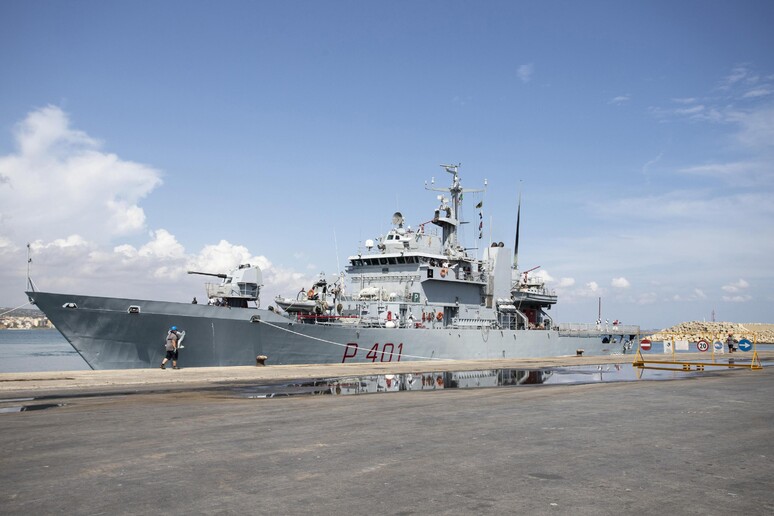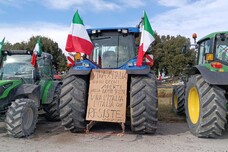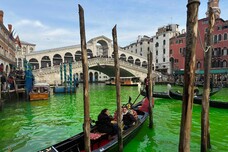Operations to take migrants rescued
in the Mediterranean to Italian-run centres in Albania resumed
in earnest after a two-month-long break caused by legal
obstacles on Sunday, when Italian Navy patrol vessel Cassiopea
headed to Albania with 49 foreign citizens on board.
The 49 were transferred to the Cassiopea after being selected
from several groups rescued from migrant boats by the Italian
authorities following screening of their eligibility to be
processed in Albania.
Under the protocol of the agreement between Premier Giorgia
Meloni and Albanian Prime Minister Edi Rama for the scheme, the
cases of women, children and the 'fragile' are not eligible to
be processed in Albania.
The interior ministry said that another 53 migrants from the
groups rescued had voluntarily shown their passports in order to
avoid being transferred to Albania.
The ministry said this was important as it "makes it possible to
activate the procedures for the verification of individual
positions more quickly" and increases "the chances of proceeding
with the repatriation of those who have no right to remain in
the EU".
The scheme had been paused after Italian judges refused to
validate the detention of the first two small groups of asylum
seekers taken to Albania, referring their cases to the European
Court of Justice - which had earlier established that an
applicant could not go through a fast-track procedure that could
lead to their repatriation if their country of provenance was
not deemed wholly safe.
The countries of origin in the cases, Bangladesh and Egypt, were
not judged to be safe "over all of their territory".
The government in December tried to get around this hurdle with
a measure listing 19 safe countries for repatriation, including
both Bangladesh and Egypt.
The Albania scheme has been criticised by Italy's opposition for
being expensive - around 800 million euros over five years - and
addressing only a drop in the ocean of migrants that reach Italy
each year.
But the European Commission and several European leaders have
expressed interest in it becoming a possible model for managing
migrants outside of EU territory.
ALL RIGHTS RESERVED © Copyright ANSA











